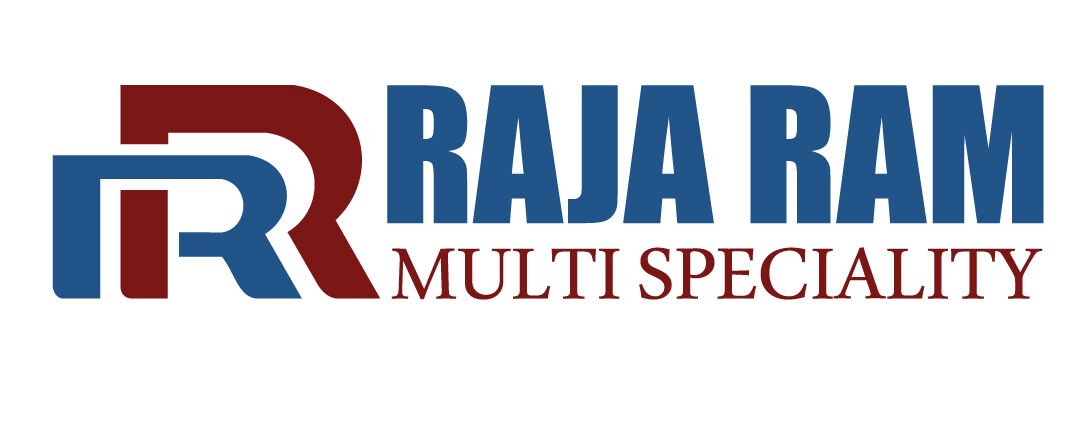
Digital Hearing-aid Video-otoscopy & video-endoscopy
Digital hearing aids and video-assisted otoscopy and endoscopy represent advanced technologies in the field of audiology and otolaryngology, offering enhanced diagnostic and therapeutic capabilities for individuals with hearing and ear-related concerns.
Digital Hearing Aids:
Digital hearing aids are sophisticated devices designed to amplify and process sounds to improve hearing for individuals with hearing loss. These aids use digital signal processing technology to convert incoming sounds into digital signals, allowing for customized adjustments to match the user’s specific hearing needs. Key features of digital hearing aids include:
Digital Signal Processing: The ability to process sounds digitally allows for more precise adjustments to different frequencies, providing a more natural and tailored listening experience.
Noise Reduction: Digital hearing aids can distinguish between speech and background noise, reducing unwanted sounds and enhancing speech clarity in various environments.
Programmability: Audiologists can program digital hearing aids to meet individual hearing requirements, making them versatile and adaptable to different listening situations.
Connectivity: Many digital hearing aids offer connectivity features, allowing users to connect wirelessly to devices such as smartphones, TVs, or music players, enhancing the overall listening experience.
Video-Otoscopy and Video-Endoscopy:
Video-otoscopy and video-endoscopy are advanced visualization techniques used by otolaryngologists to examine the ear, nose, and throat. These technologies provide real-time, high-definition images, aiding in the diagnosis and treatment of various ear conditions.
Video-Otoscopy: This technique involves using a small camera attached to an otoscope to visualize the external ear canal and the eardrum. Video-otoscopy allows for a detailed examination of the ear’s structures, enabling the identification of earwax buildup, infections, or abnormalities.
Video-Endoscopy: In otolaryngology, video-endoscopy involves using a flexible or rigid endoscope with a built-in camera to examine the nasal passages, throat, and vocal cords. This procedure provides a direct and magnified view of the internal structures, aiding in the diagnosis of conditions such as sinusitis, vocal cord disorders, and laryngeal abnormalities.
Integration for Comprehensive Care:
The integration of digital hearing aids with video-assisted otoscopy and endoscopy allows for a comprehensive approach to the assessment and management of hearing and ear-related issues. Audiologists and otolaryngologists can collaborate to combine hearing evaluations with precise visual examinations, ensuring a thorough understanding of the patient’s overall ear health.
By leveraging these technologies together, healthcare professionals can offer personalized treatment plans, including hearing aid fittings, earwax removal, and targeted interventions for various ear, nose, and throat conditions. This integrated approach contributes to improved patient outcomes and a more holistic approach to ear care.

